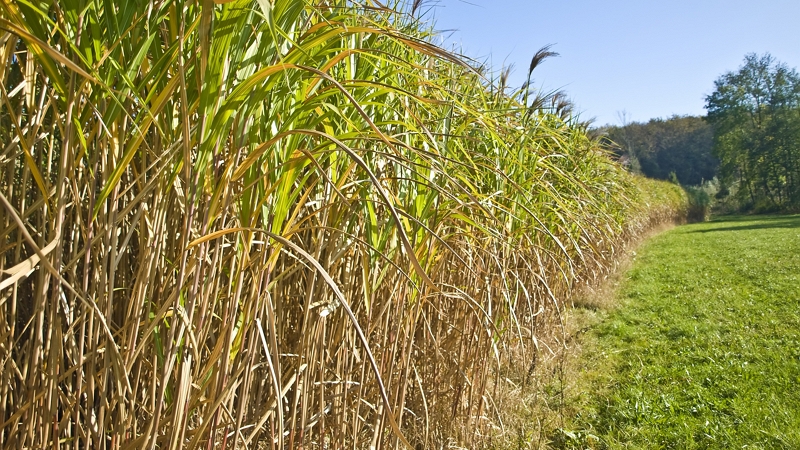Analysis of Linoleic Acid
Linoleic acid ((9Z, 12Z)-octadeca-9,12-dienoic acid or C18:2 (n-6)) is a polyunsaturated fatty acid
of 18 carbon atoms. Linoleic acid is rich in vegetable oils such as cottonseed oil, sunflower oil, safflower oil, soybean oil and maize oil.
Linoleic acid is an essential fatty acid for humans. It is an approved food additive and dietary supplement. It serves as a precursor for the biosynthesis of phospholipids, neutral lipids and cholesterol esters and plays many important physiological roles, such as regulating membrane potential by being the cell membrane component. One of the symptoms caused by the deficiency of linoleic acid is scaly dermatitis.
Incorporating linoleic acid-rich plant oils into grain-rich animal feed is employed to meet essential fatty acid requirements for farm animals' growth and development.
Various industries, including paint and personal care industries, has been used linoleic acid in product formulations.
Linoleic acid content varies with algal species. In Sargassum species, linoleic acid level ranges from 3 to 9%. A high level of linoleic acid was reported in a green algal isolate, Ulva lactuca.
Certain oleaginous yeast species belonging to Kluyveromyces and Trichosporon genus are excellent producers of linoleic acid.
Linoleic acid is an essential fatty acid for humans. It is an approved food additive and dietary supplement. It serves as a precursor for the biosynthesis of phospholipids, neutral lipids and cholesterol esters and plays many important physiological roles, such as regulating membrane potential by being the cell membrane component. One of the symptoms caused by the deficiency of linoleic acid is scaly dermatitis.
Incorporating linoleic acid-rich plant oils into grain-rich animal feed is employed to meet essential fatty acid requirements for farm animals' growth and development.
Various industries, including paint and personal care industries, has been used linoleic acid in product formulations.
Linoleic acid content varies with algal species. In Sargassum species, linoleic acid level ranges from 3 to 9%. A high level of linoleic acid was reported in a green algal isolate, Ulva lactuca.
Certain oleaginous yeast species belonging to Kluyveromyces and Trichosporon genus are excellent producers of linoleic acid.
Click here to place an order for determining Linoleic Acid.
Request a QuoteLinoleic Acid Content
Analysis Packages for Linoleic Acid
Equipment Used for Linoleic Acid Analysis

Gas Chromatograph with Mass Spectrometer (GC-MS)
Our lab has an Agilent 6890 gas chromatograph (GC) coupled to an Agilent 5973 mass selective detector (Mass Spectrometer).
Additional Material
We can determine the Linoleic Acid content of biomass, click here to learn more about our various biomass analysis methods.
We can determine the Linoleic Acid content of seaweed, click here to learn more about our various methods for analysing seaweed.
We can determine the Linoleic Acid content of microalgae, click here to learn more about our various methods for analysing algae.
We can determine the Linoleic Acid content of seaweed, click here to learn more about our various methods for analysing seaweed.
We can determine the Linoleic Acid content of microalgae, click here to learn more about our various methods for analysing algae.





